Modern Warfare: Artillery
The Big Guns
1/30/20248 min read
The idea of artillery started as early as 399 BC, it was designed to be used as a way of launching large projectiles towards an enemy. Modern artillery is capable of launching self guiding projectiles hundreds of miles over the horizon to precise positions carrying varied payloads. Now I will dive into the history and evolution of artillery, exploring its role on today's battlefields, the technological advancements that have shaped modern artillery, and the insane strategic significance it holds in modern conflicts.
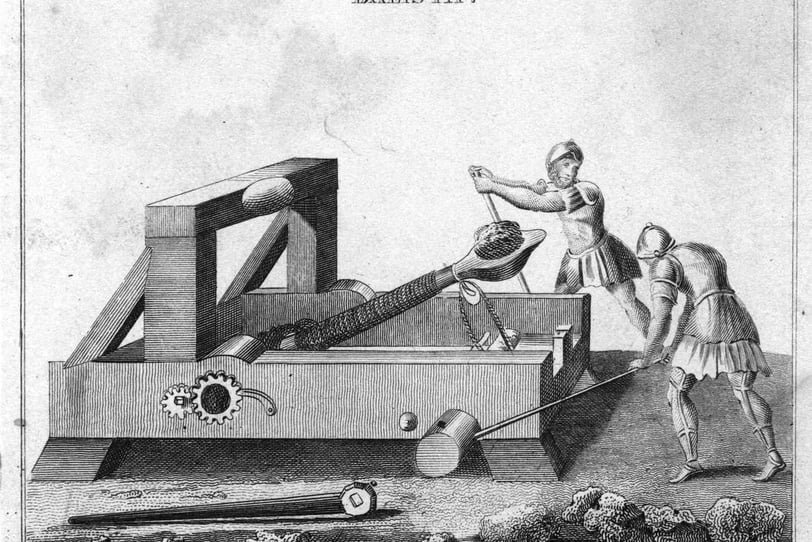

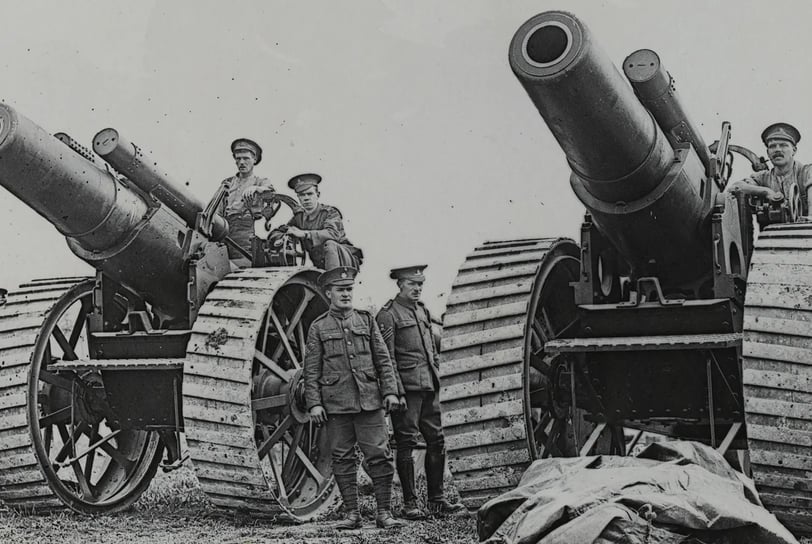

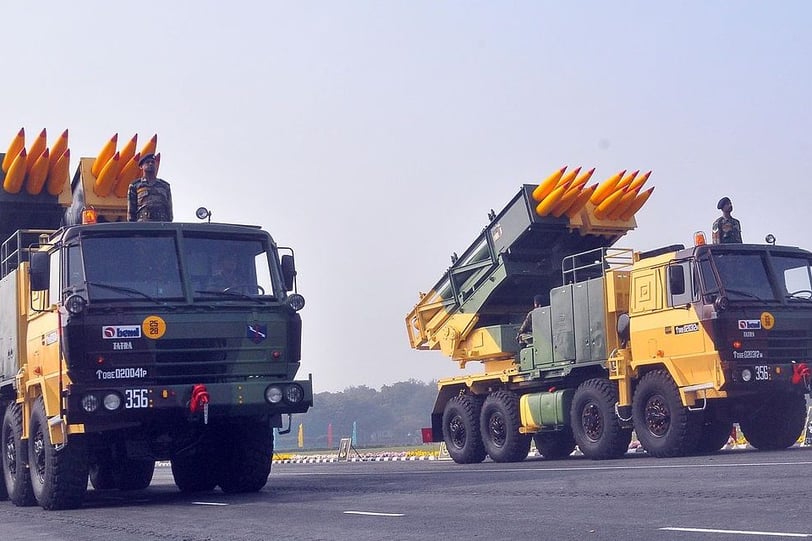

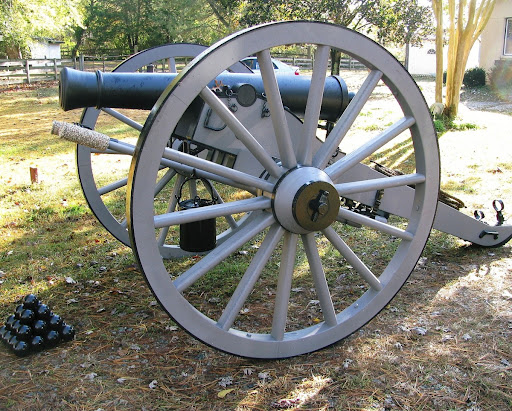

Artillery, or Arty as I like to call it, began its journey with the simple catapults and trebuchets of ancient times. In 339 BC the first catapult was developed in Syracuse and ever since has become an ever evolving weapon over the years. This process led to the building of cannons and mortars during the medieval ages. These were essentially a metal tube that you fill with gunpowder, place a fuse in the end, and it goes boom. A huge advancement but still suffered from many shortcomings which would culminate into the cannons and mortars you may have seen at a historical reenactment. An effective weapon that still needed improvements.
Let's now look at Rocket Artillery. It is just as it sounds, its artillery but instead of using traditional ammunition, you use rockets. The history goes all the way to ancient China. Similarly to regular munitions that have been developed over the years. What started as essentially fireworks grew into an incredibly powerful weapon capable of hundreds of miles of range with an ever-growing destructive capability. Now rocket arty functions in much the same way as tradition, it does very in a few key ways.
Number one, the munition is a rocket, which is capable of self-propulsion. This means the propulsive force needed to send that projectile farther can be stored in the projectile itself. Instead of having a large charge detonate at the breach of the artillery, you can just use the rocket to propel itself out of its launcher. Or even better, you have a charge that sends the rocket up into the air and shortly there after, you turn on the rocket utilizing both the propellant force of traditional artillery and the extended range capability of the rocket.
Number two, the munition is a ROCKET. Rockets are usually more expensive, as well as the firepower they bring can sometimes be better or worse than a traditional arty depending on the situation you're in. Rockets often offer more destructive capability in much smaller quantities. In the past accuracy was an issue, but that's been dealt with one of two ways. Build better rockets, or build more rockets. Quality vs quantity.
The image most people have of artillery comes from the two world wars. A big old gun probably with some wheels on it for easy transportation, surrounded by a group of guys working in unison to fire and reload the weapon. The two World Wars witnessed the most widespread use of artillery, with large-caliber cannons and heavy howitzers delivering devastating firepower. It is estimated that 11 MILLION TONS of artillery munitions were used in just the second world war alone. Millions of artillery guns alone were produced at the same time.
The second world war gave us not only traditional artillery but also some new ideas about how it was used. This leads us to two weapons systems that I'd like to talk about. Self Propelled Artillery and Rocket Artillery. While both were present before WWll in various forms, they really took shape during and after the war.
The Industrial Revolution marked a significant turning point, introducing rifled barrels and more accurate firing mechanisms. A rifled barrel allows the projectile to spin as it passes through the barrel which results in a much more stable projectile leaving the gun. This can increase ranges as well as accuracy and confidence in your weapon system. When I say more accurate firing mechanisms I am referring to the abandonment of front loaded guns opting for a breach loader instead.(You put the artillery projectile in the back on the gun instead of the front).
This was partially due to the advancements in metallurgy that allowed for the brunt of the explosive force to be contained in the firing chamber. It's the same reason why you can make a 12.7mm gun that can be safely fired from a relatively small firing chamber. Our metal has improved, both then and now. We have better metals which means guns become lighter and mobile. This results in with a much higher firing pressure aka bigger rounds.
There are tons of advancements that made artillery as we know it today, and covering all of them is a fun project I'll leave up to you to complete. You get the idea: metals got better, projectiles got better, tactics evolved, all around the weapons system had hundreds and hundreds of years to be made into what most people think of as modern artillery.
Self Propelled Artillery is a fancy way of saying an artillery gun that can drive itself to the fight. The history of these weapons takes us back to the 30 Years War where light field guns would be towed by horse back and the operator trained to quickly dismount and use the weapon. However, in my opinion the true history starts when the zamburak chi mounted swivel guns to their camels and rode into battle spitting out hellfire from the backs of their dromedary.
While nowadays we abandoned the camel and opted for a tank chassis, the spirit of those men live on in the crews of our modern day spgs’. A modern Self Propelled Artillery vehicle looks much like a tank to the untrained eye. Typically, a tracked vehicle with decent armor protection carrying a comically sized gun barrel. These weapon systems have not fully replaced the traditional tow behind howitzer but they do serve in special roles for those who operate them. They move fast with ability to fire quick. They can also be used or get into a position and fire a counter battery at the enemies artillery positions.
I have just recently seen a video by BAE Systems that showcased the Archer platform. A wheeled, self propelled artillery vehicle that has the ability to from a moving position, come to a full stop, go into operating position, within 23 seconds fire off its first round, by 40 seconds three rounds are fired, go back to transport position and leave the site at the 74 second mark. For those unaware, that is an incredible feat. This means that a force with this vehicle can rapidly get into range and easily destroy the enemy without the fear of being in the position long enough to come under counter-artillery fire. An incredible tool that was pioneered by some guys on the backs of camels.
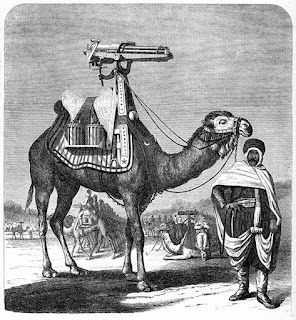

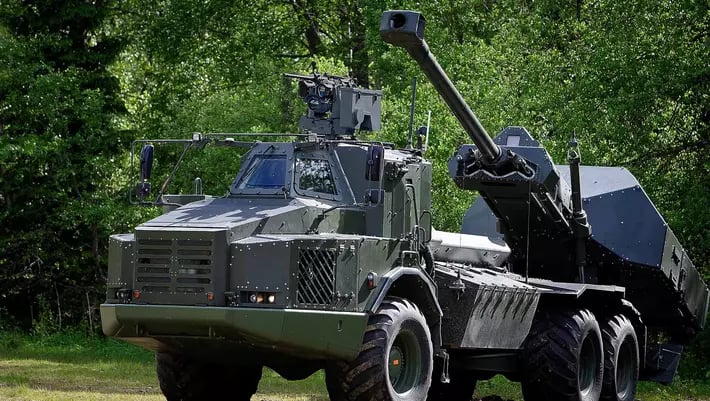

Essentially there are cheap ways like the Houthis rocket artillery and there is the expensive way to do it like Lockheed Martins’ HIMARS.
For the cheap way, I will pick on the Houthis because they’re being little shits right now. These would much resemble early ww2 era Multiple Launch Rocket Systems if everyone who fought in ww2 had no money. A pickup truck with a bunch of tubes mounted on the bed. They fire cheap rockets usually made out of household materials and some sort of fuel, mostly solid fuel rockets. The quality of these rockets is subpar by modern standards, lacking in precision guidance systems, as well as fuel quality. All around they just make for a rough system. This can result in less precise targeting and potentially higher probability of collateral damage. Houthi MLRS systems have a more limited range and payload capacity severely affecting their ability to reach distant targets and deliver specialized munitions.
Now let’s take a look at one of the world's best Rocket Artillery systems out there today.
Lockheed Martin's HIMARS has been proven in the field to perform the most modern feats in rocket artillery. Got a target 300 miles away? No problem. While the launcher and rockets both are vulnerable to attacks, the system itself has a great track record for completing missions. HIMARS is equipped with advanced guidance and targeting systems, including GPS and inertial navigation, as well as access to precision-guided munitions. This gives an insane reach to the weapon system. Whether or not that still counts as a rocket is up to you. HIMARS was designed for high mobility, with the ability to be rapidly deployed all over the battlefield, due to its wheeled chassis allowing for quick repositioning too. As well as the system itself, the production and maintenance chains ensure when you go to fire, that the rocket works just as it's supposed to. Overall, a great system to work with.
While the Houthi MLRS systems and HIMARS both serve the purpose of launching rockets, the differences lie in their technological sophistication, range, reliability, mobility, and integration into modern warfare systems. HIMARS offers enhanced capabilities, precision, and adaptability, while cheaper alternatives may provide basic rocket-launching capabilities they lack the advanced features and effectiveness of their more expensive counterparts.
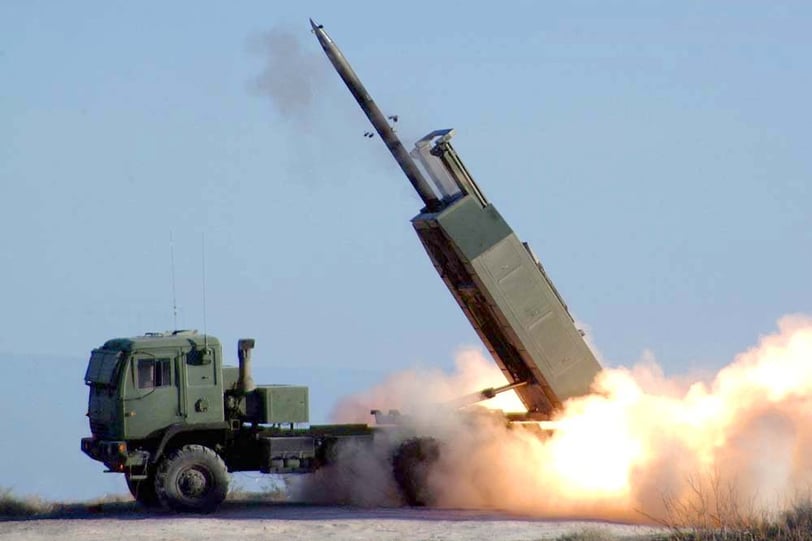


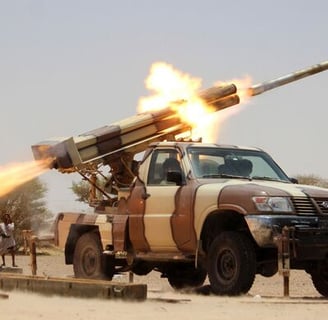
Before I finish , let's briefly look at how these systems are integrated into modern battlefields. Modern artillery is an integral part of network-centric warfare, where information is shared in real-time across various military units. This integration enables artillery units to receive up-to-date intelligence, adjust firing parameters on the fly, and coordinate with other forces seamlessly. Network-centric warfare is a military doctrine of war that aims to turn an information advantage into a strategic advantage through the computer networking of dispersed forces. In short they want to connect all their forces on one network so that information can easily spread across your lines effectively.
Getting information from the observer to the artillery gunners within seconds of an enemy movement or target presenting itself. This makes the strategic importance of artillery in today's wars all the more useful. Near instant responses to enemy actions can have a truly devastating toll of lives, equipment and troop morale.
Artillery's evolution in modern combat reflects the continuous drive for increased firepower, precision, and adaptability on the battlefield. As technology continues to advance, artillery will likely play an even more critical role in shaping the outcomes of conflicts. The combination of long-range capabilities, precision-guided munitions, and integration into network-centric warfare makes modern artillery a near-limitless tool embodying the fusion of cutting-edge technology and strategic prowess on today's ever growing battlefield.
